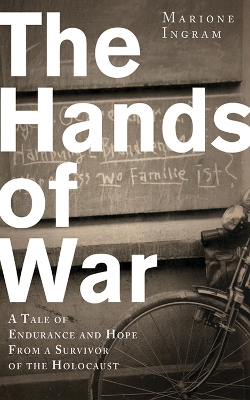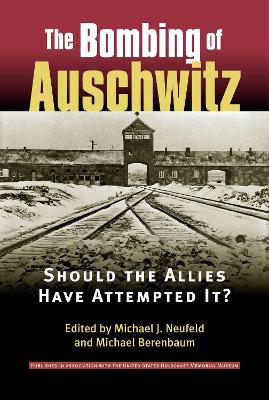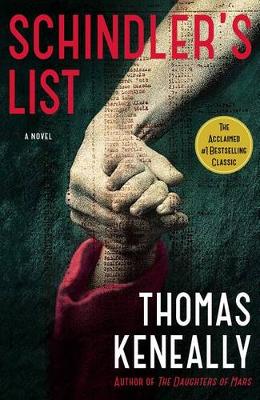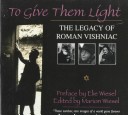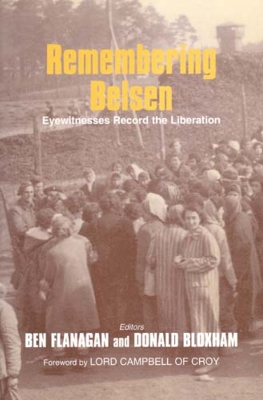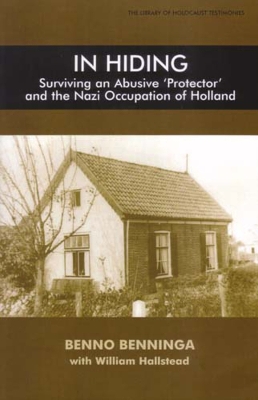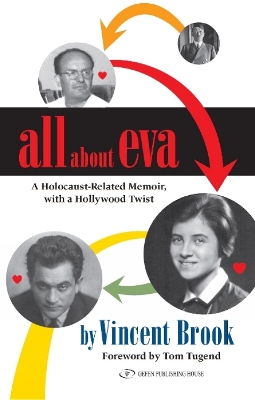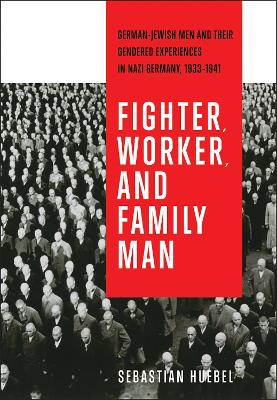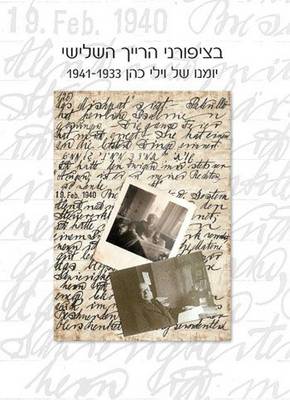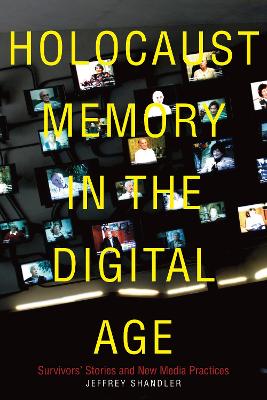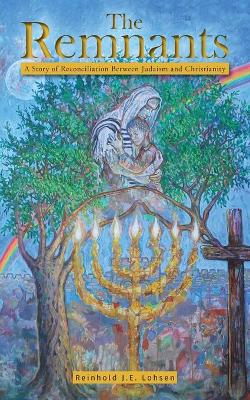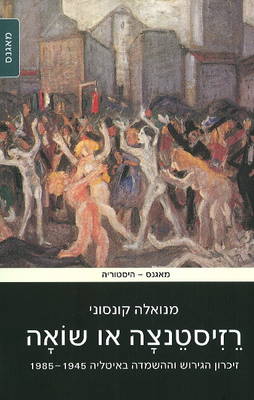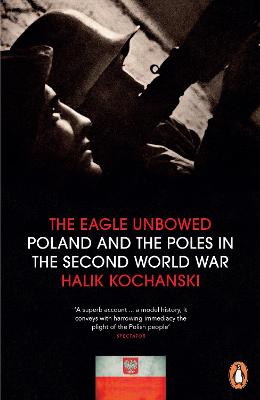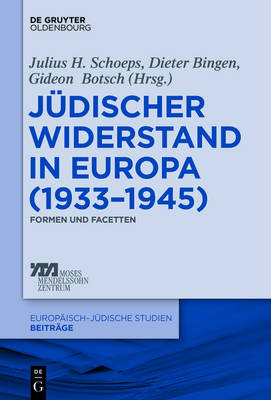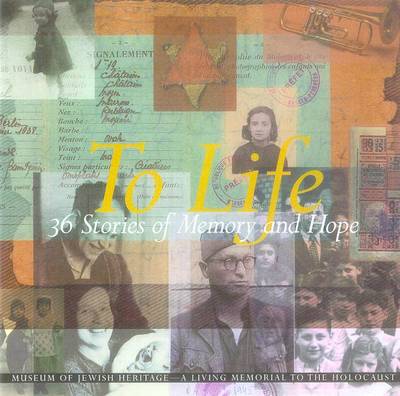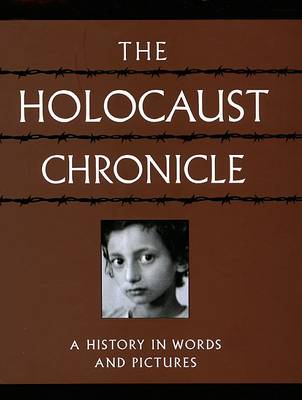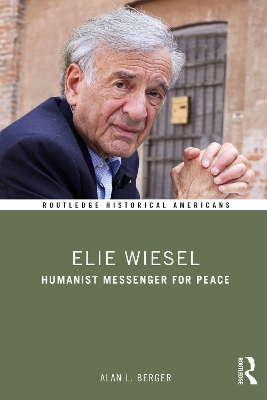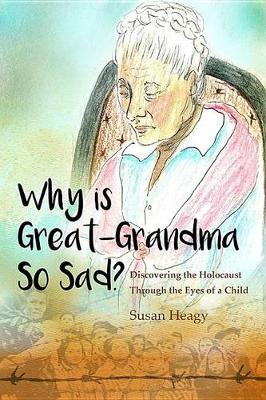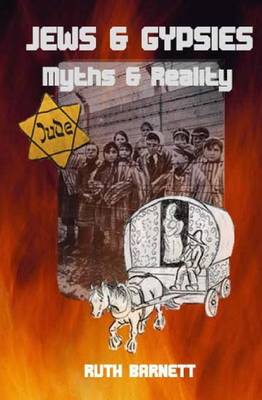Marione Ingram grew up in Hamburg, Germany, in the late 1930s and early 1940s. She was German. She was Jewish. She was a survivor. This is her story. As a young girl, Marione was aware that people of the Jewish faith were regarded as outsiders, the supposed root of Germany's many problems. She grew up in an apartment building where neighbors were more than happy to report Jews to the Gestapo. Marione's mother attempted suicide after receiving a deportation notice-Marione revived her, but then t...
The breathtaking memoir by a member of "Nicky's family," a group of 669 Czechoslovakian children who escaped the Holocaust through Sir Nicholas Winton's Kindertransport project, My Train to Freedom relates the trials and achievements of award-winning humanitarian and former Episcopal priest, Ivan Backer. As Backer recounts in his memoir, in May of 1939 as a ten-year-old Jewish boy, he fled Nazi-occupied Czechoslovakia for the United Kingdom aboard one of the Kindertransport trains organized by...
Did we ""know"" the gas chambers were there? Could we have destroyed them? Why didn't we bomb? For decades, debate has raged over whether the Allies should have bombed the gas chambers at Auschwitz and the railroads leading to the camp, thereby saving thousands of lives and disrupting Nazi efforts to exterminate European Jews. Was it truly feasible to do so? Did failure to do so simply reflect a callous indifference to the plight of the Jews of was it a realistic assessment of a plan that could...
The acclaimed bestselling classic of Holocaust literature, winner of the Booker Prize and the Los Angeles Times Book Award for Fiction, and the inspiration for the classic film--"a masterful account of the growth of the human soul" (Los Angeles Times Book Review). A stunning novel based on the true story of how German war profiteer and factory director Oskar Schindler came to save more Jews from the gas chambers than any other single person during World War II. In this milestone of Holocaust lit...
Roman Vishniac's poignant and beautiful images of Jewish life before the war form an unforgettable document of a lost civilization, depicting eight different communities, each of which is described in a short text enhanced by passages from Vishniac's diaries. The pictures are warm, peaceful, and uttterly heartbreaking.--The Boston Globe. 141 photos.
In the Shadows of Memory
Anne Frank (Famous People, Great Eve) (Famous People, Great Events)
by Harriet Castor
When Anne Frank is given a diary, she starts to write to her made-up friend, Kitty. But during World War II Anne and her family are forced to hide from the Nazi Germans. Find out all about the diary of Anne Frank with this story that is packed with all the facts and colourful pictures. This book is part of a series of picture books, Famous People, Great Events, which are suitable for ages 6-12. They tell the stories of famous men and women and great events in history and can be used to study the...
Fighter, Worker, and Family Man (German and European Studies)
by Sebastian Huebel
When the Nazis came to power, they used various strategies to expel German Jews from social, cultural, and economic life. Fighter, Worker, and Family Man focuses on the gendered experiences and discrimination that German-Jewish men faced between 1933 and 1941. Sebastian Huebel argues that Jewish men's gender identities, intersecting with categories of ethnicity, race, class, and age, underwent a profound process of marginalization that destabilized accustomed ways of performing masculinity. At...
Holocaust Memory in the Digital Age (Stanford Studies in Jewish History and Culture)
by Jeffrey Shandler
Holocaust Memory in the Digital Age explores the nexus of new media and memory practices, raising questions about how advances in digital technologies continue to influence the nature of Holocaust memorialization. Through an in-depth study of the largest and most widely available collection of videotaped interviews with survivors and other witnesses to the Holocaust, the University of Southern California Shoah Foundation's Visual History Archive, Jeffrey Shandler weighs the possibilities and cha...
In Halik Kochanski's extraordinary book, the untold story of Poland and the Poles in the Second World War is finally heardBy almost every measure the fate of the inhabitants of Poland was the most terrible of any group in the Second World War. Following the destruction of its armed forces in the autumn of 1939, the Republic of Poland was partitioned between Nazi and Soviet forces and officially ceased to exist. As the war progressed millions of Poles were killed, with each phase unleashing a fur...
Judischer Widerstand in Europa (1933-1945) (Europaisch-Judische Studien Beitrage, #27)
This volume presents a powerful selection of the artefacts and stories that form the permanent exhibit at the Museum of Jewish Heritage in New York City. The objects featured are touchstones for remarkable tales of perseverance and hope, most of them passed on to the museum by Holocaust survivors and their offspring. Each of the 36 stories is a testament to the strength of these individuals, as well as the resilience of the Jewish faith and the human spirit. The number 36 is steeped in significa...
Sport Under Unexpected Circumstances (Veroffentlichungen Des Instituts Fur Europaische Geschichte, #119)
Elie Wiesel: Humanist Messenger for Peace is part biography and part moral history of the intellectual and spiritual journey of Elie Wiesel, a Holocaust survivor, human rights activist, author, university professor, and Nobel Peace Prize winner. In this concise text, Alan L. Berger portrays Wiesel’s transformation from a pre-Holocaust, deeply God-fearing youth to a survivor of the Shoah who was left with questions for both God and man. An advisor to American presidents of both political parties...

